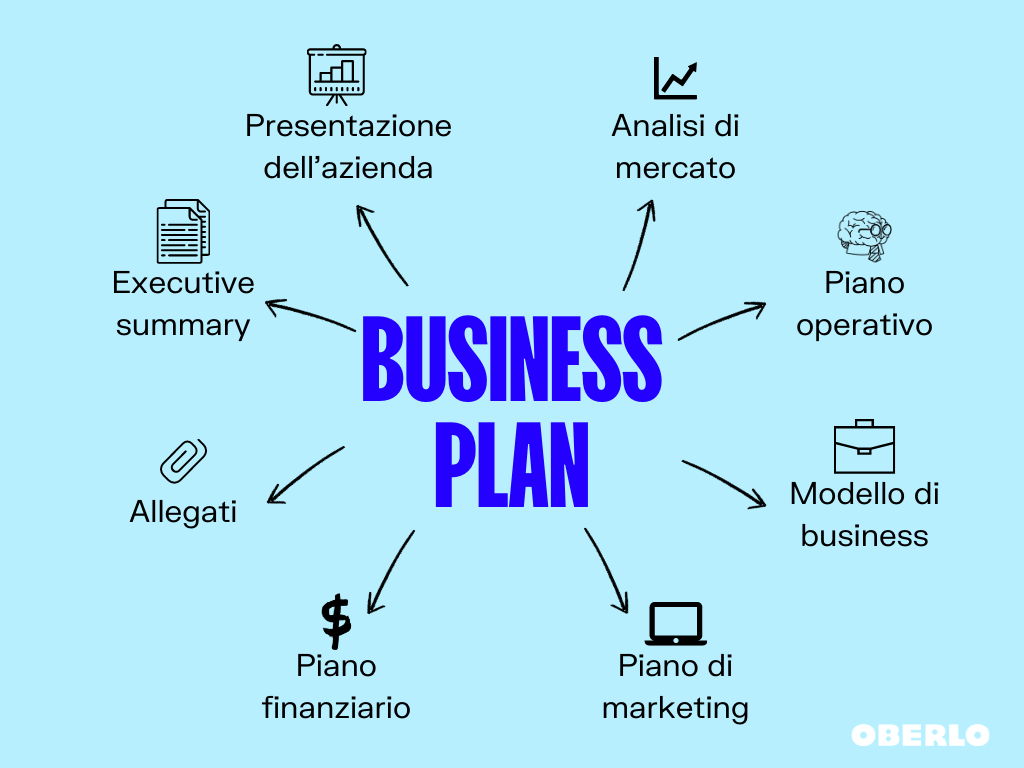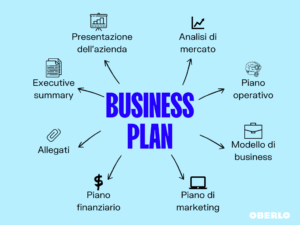As people, it is very important that we make a successful run in life. Not only for ourselves and our self-esteem levels, but also for our families and people who care about us. That’s why so many are trying to make their riches online in today’s age. Follow this article and learn how you can use article marketing to make your dreams come true.
Do not write a blog post and then walk away. Sometimes the conversations that can happen in the comments of a post can earn you more money than your main content. Readers are much more likely to return to a site where they can converse with the content provider. You will build trust and return visitors.
Create rules on your blog site if you encourage customer comments. When your visitors come to your site, you will want to make sure that they feel safe and secure. If a firm structure is set in place, you will also be increasing the professionalism and credibility of your website.
The main reason people are going to read your articles is to find out information. So pack as much information as you can into your article. Try and give them everything they’re looking for in one place. If you become a reliable source of information, they’ll come back to you.
Employ an RSS feed in your article marketing strategy. RSS is a way to automate content distribution. An RSS feed delivers your content (i.e. articles) to subscribers as soon as you post it. RSS is an ethical opt-in system that does not constitute spam, because users have subscribe explicitly and remain capable of opting out at any time.
No dream of success you have is going to come true instantly, so it’s important you remember that from the start. It’s going to take a lot of time and hard work in order to become a successful entrepreneur on the web. But if you can use these article marketing tips effectively, you can increase your odds of success.
You can also visit our other websites and post your article.
Rosi Trucks, Woodshall Craftshop, Good Trek, RLI Illinois, Roofing Contractors Province , Business Turn Around, Work Ready For Me, Accurate Transformers, Computer Repair Vancouver, Seo Company Survey, Seo Out Source Online, The Intern Source, Tree Removal Phoenix Company, Best Blender For The Money, Kiasu Trader, Lost for Travel, Fnb Platteville, Network Security Computer, Vintage Home Computers, /Everything Internet, Hill House Farm Garden, Best Homes Miami Beach, Clayton Moves, Eat Local Berrien, Engaging Mobility, Gate Away Bagel, Moab Epic, Contract or Website Services, Ram Houston, Arnies Appliance, Fitness Model Book, PatBarnestu, Louis Ville doula project , Creative Activities, Inspirational Leadership Summit, Itcse, Moab Epic, My Contract or Website Services, Patbarnestu, Fort Peck Marina and RV Park


 In the world of economics and business, a resource is anything that s required to achieve an objective or perform an action. In simple terms, they’re the stuff that a business requires in order to get done. They include human capital, tools, working space, supplies, or money. In a complex society, these resources can take on many different forms and names. Some are referred to as raw material, others as a financial resource, and still others as a company’s reserve.
In the world of economics and business, a resource is anything that s required to achieve an objective or perform an action. In simple terms, they’re the stuff that a business requires in order to get done. They include human capital, tools, working space, supplies, or money. In a complex society, these resources can take on many different forms and names. Some are referred to as raw material, others as a financial resource, and still others as a company’s reserve.